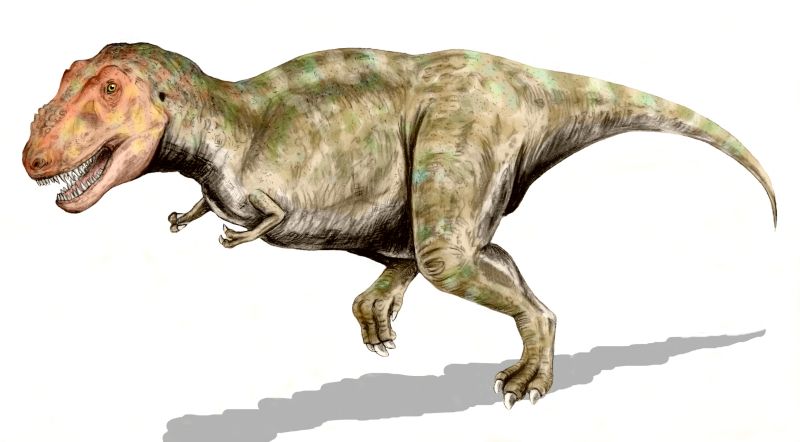The Cretaceous Period lasted from 148-65 mya. Temperatures increased was almost constant until the end of the period. This trend was due to intense volcanic activity which produced large quantities of carbon dioxide. The production of large quantities of magma, variously attributed to mantle plumes or to extensional tectonics, pushed sea levels up, so that large areas of the continental crust were covered with shallow seas. Warm-adapted plant fossils are known from Alaska and Greenland. During the Cretaceous Period, flowering plants evolved , as well as some types of leafy trees such as figs and magnolias. Mammals were still small components of the fauna, as reptiles, especially the dinosaur were the dominant creatures, being at their most diverse. During the Cretaceous, insects began to appear, such as termites, ants, grasshoppers and aphids. In the seas, modern sharks and rays became common. At the end of the Cretaceous Period, a mass extinction occurred, wiping out the plants, which killed off all the herbivores, which eventually killed the carnivores who all died of starvation.
Events that happened during the Cretaceous Period:
First flowering plants: 144
Extinction of the dinosaurs: 66

